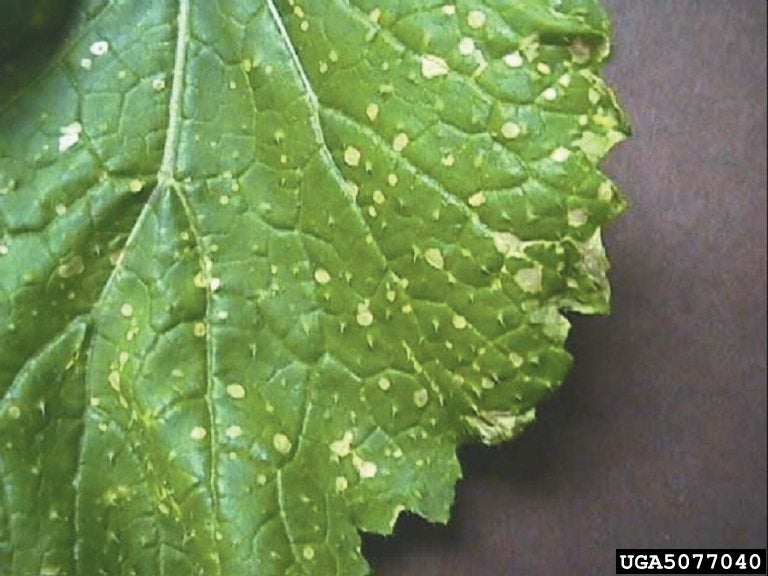Turnip White Spot Info : What Causes White Spots On Turnip Leaves


Turnip greens are a special treat whether eaten raw or cooked. Their leaves are high in vitamins A, C and K, as well as many other minerals and nutrients. Their health benefits are many and greens are easy to grow and harvest. However, it is not uncommon to find white spots on turnip leaves. White spot of turnips causes economic damage where turnips are just grown for their greens. Learn how to prevent turnip white spot and save those healthy greens.
Recognizing Turnip White Spot
Greens from all sorts of vegetables provide many nutrient benefits. Turnip greens may be considered a southern delicacy, but even northern gardeners can grow and harvest these delicious leaves. Whether you cook them in a broth from a ham hock, eat them raw in a mixed salad, or sauté them in a vegetarian oleo, turnip greens pack a powerful vitamin and mineral punch. A turnip with white spots on the leaves can signal a very infectious disease. Early detection is key because seedlings can die outright if infected when young. Lesions are observed on young or old leaves. These are gray to brown in spite of the disease name. Lesion edges darken as they mature while the center of the spot becomes pale and almost white. Leaves will soon turn yellow and die and drop off. Spots form on cotyledons, stems and petioles. While a few infected leaves isn't a problem, the disease spreads quickly in optimum conditions. If plants lose too many leaves, the root cannot develop and essential carbohydrates are not harvested through photosynthesis. This hampers the plant's ability to produce more leaves and ultimately results in poor health and few greens to harvest.
Causes of White Spot of Turnips
A turnip with white spots is the result of a fungus called Cercosporella brassicae. The disease can affect many plants in the Brassica group, such as mustard and collard. It is most frequent when daytime temperatures are between 55 and 65 degrees Fahrenheit (13 to 18 C.). High humidity is also a causal factor. The disease is spread by wind and rain but may also be present in seeds or overwintered in Brassica debris and wild host plants. Plants that are overly crowded and have little ventilation are also more prone to broad incidence of the disease. Watering overhead during periods where the leaves have no time to dry before nighttime can also enhance development of fungal spores.
Managing White Spots on Turnip Leaves
Preventing white spots on turnip leaves at the outset is the best control. Grow turnip greens only once every 3 years in the same spot. Use a certified disease free seed when possible and do not harvest seed of infected plants. Keep weeds, especially those in the Brassica group, away from current crops. Monitor the crop and remove any infected plant material immediately to prevent spreading the fungus. Clean up crop debris and dispose of it if any of the plants showed signs of disease. Copper hydroxide has been shown to be effective in preventing the disease if applied early in seedling development. Apply fungicides weekly as a foliar spray when conditions are favorable for the disease to develop. Water from under the leaves, if possible, to keep them dry and deny the fungal spores perfect conditions to spread.
Sign up for the Gardening Know How newsletter today and receive a free copy of our e-book "How to Grow Delicious Tomatoes".

Bonnie Grant is a professional landscaper with a Certification in Urban Gardening. She has been gardening and writing for 15 years. A former professional chef, she has a passion for edible landscaping.